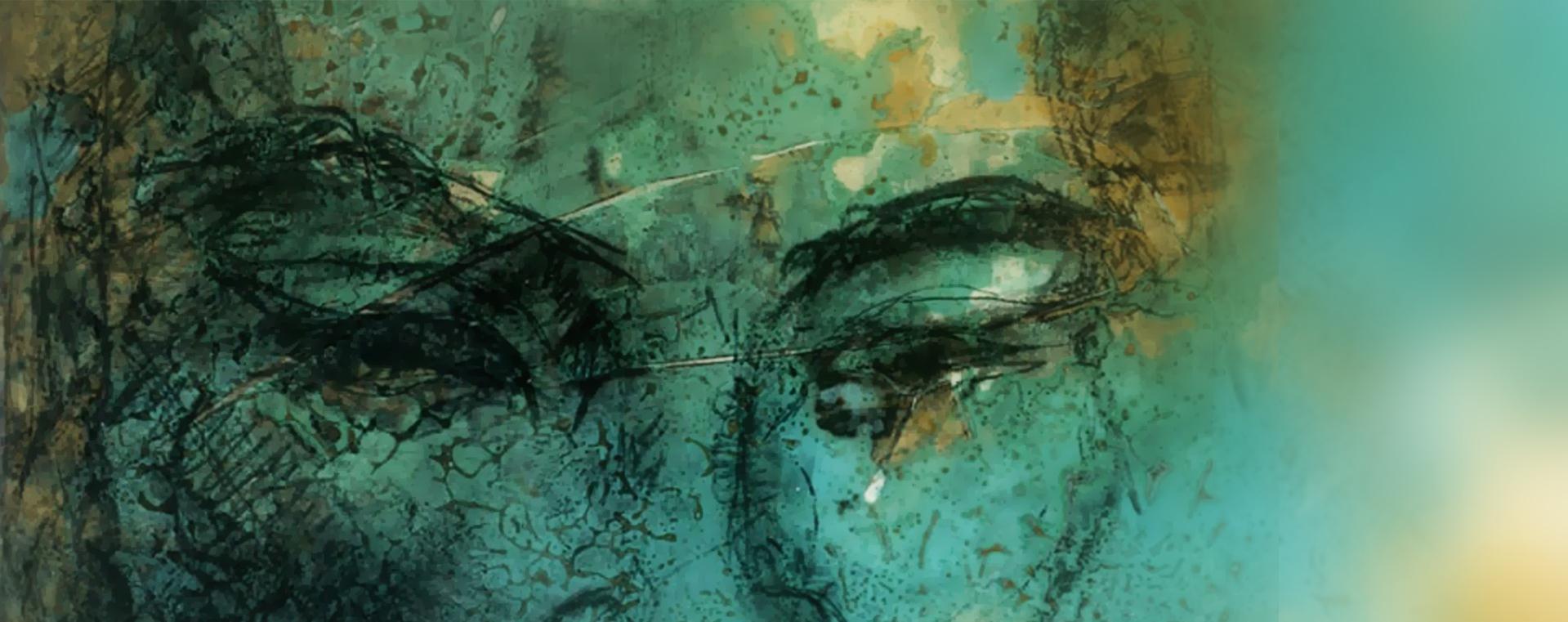DAVID CAMINER
PLASTIC SURGEON
A CONFIDENTIAL ENQUIRY
A CONFIDENTIAL ENQUIRY
A CONFIDENTIAL ENQUIRY
A CONFIDENTIAL ENQUIRY
Eyelid SURGERY (Blepharoplasty) - Sydney & Wollongong Clinics
Blepharoplasty is the medical term for an eyelid lift; both upper and lower eyelids can be drastically improved with appropriate surgery.
Upper Blepharoplasty or upper eyelid lift
Upper Blepharoplasties are a very common and simple procedure with fabulous results. When you first decide to have an upper eyelid lift, you need to consider whether your brow is in a suitable position.
This is because, sometimes a brow lift is needed instead of or as well as an upper eyelid lift. This is not always the case, as often a blepharoplasty can be performed without having to perform a brow lift. It is important to note that a brow lift will change the position of the brow, whereas a blepharoplasty will leave the brow in the same position, whilst removing skin from the upper eyelid fold.
The procedure for a blepharoplasty
There are many different ways of performing upper blepharoplasties and I have performed many of them, finally coming full circle and settling on a very simple technique, which I think gives excellent results with exceptionally few problems.
This technique involves removing the skin from the upper eyelid and leaving all of the muscle intact, occasionally excising some medial fat if needed for optimal results. The scar is pleasantly hidden in the upper eyelid crease and very well tolerated and hidden.
The operation is performed mostly under general anaesthetic, but can be performed under assisted local or local anaesthetic and it is a day only procedure. Post-operatively, the bruising and swelling lasts for about a week and the sutures are removed after five or six days.
FYI: Upper eyelid ptosis can be performed at the same time as an upper blepharoplasty. A ptosis is where the eyelid is drooping down more than normal and often this affects the eyelid asymmetrically. This is often due to a problem of the insertion of the tendon from the tarsal plate at the lower border region of the eyelid.
Lower Blepharoplasty or lower eyelid lift
The lower eyelid operation is much more complicated than the upper eyelid. Thus there are also more potential risks and as such, the surgeon needs to be quite fastidious about not putting too much tension on the lower eyelid, not taking out too much skin and also supporting the lower eyelid.
There are also many operations described to improve lower eyelids. I believe the best operation involves a subciliary incision just under the eyelashes, with the lateral extension extending into one of the crows’ feet lines. I preserve muscle over the tarsal plate, dissect down all the way to the orbital rim and then remove some fat in the 3 compartments of the lower eyelid.
I believe removing too much fat will hollow the lower eyelid too much, a look that is not complimentary, especially as one becomes older we need to preserve as much fat in the area as possible. I then reinforce the orbital septum which pushes back the fat into the eye socket. I finally apply tension to the muscle of the lower lid, as well as removing some excess skin. Tensioning the muscle supports the lower eyelid.
The scar from this procedure is excellent and the outcome is very natural with few complications. I believe that in upper and lower blepharoplasty operations, that natural results are the only acceptable outcome.
A few final words
In regards to eyelid lifts, these procedures literally bring the light back into my patients eyes. Without a doubt, there is a dramatic before and after difference in the appearance of my patients facial appearances, following an eyelid lift. It is as if this procedure alone gives my patients a more youthful and happy demeanour, one that they were previously lacking.
So in conclusion, the beneficial effects of an eyelid lift are most certainly worth considering, as the outcome and post operative appearance far outway the small risk and post-operative discomfort.
Post Procedure Facts & Advice Send A Confidential Enquiry Meet Dr David Caminer